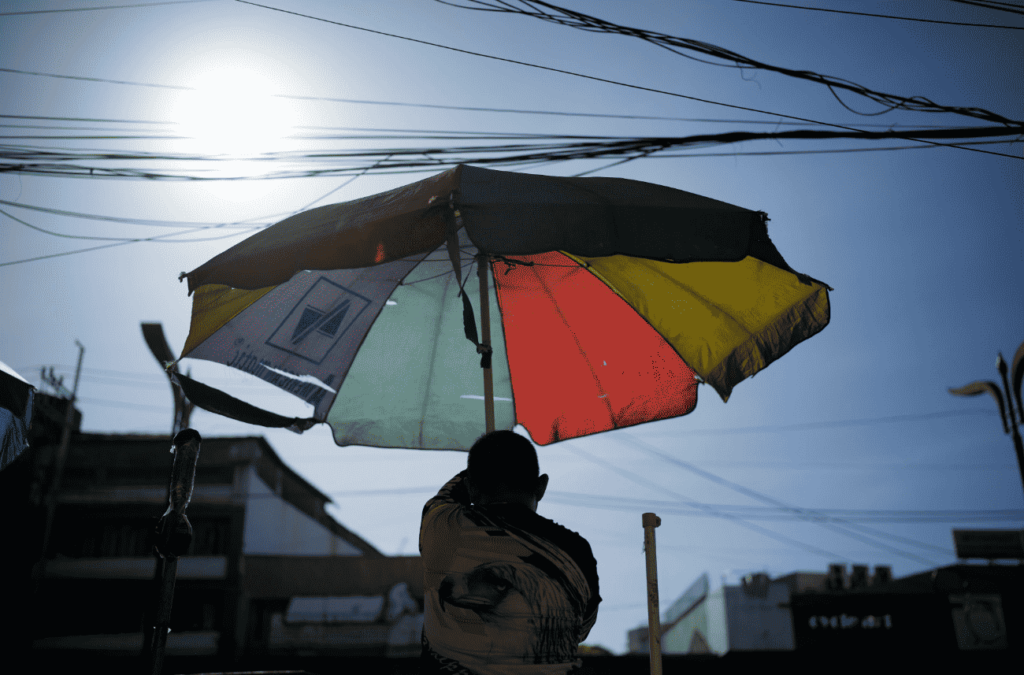The blistering heatwave gripping South and Southeast Asia shows no sign of relenting, with millions enduring scorching temperatures that have disrupted daily life and raised concerns about public health and safety. Schools in Bangladesh and the Philippines have been forced to suspend in-person classes, while Thailand grapples with the aftermath of heatstroke-related fatalities. The severity of the situation is underscored by the fact that the heat index in Bangkok soared to a staggering 52 degrees Celsius, prompting fresh warnings from authorities.
The heat index, which accounts for humidity and measures what the temperature feels like, has reached alarming levels across the region. This extreme weather pattern is not an isolated incident but rather part of a broader trend of longer, more frequent, and more intense heatwaves attributed to climate change.
Recent reports from the United Nations highlight Asia as the region most impacted by climate-related hazards, with floods and storms causing significant casualties and economic losses. In the Philippines, a historic settlement submerged decades ago due to dam construction has resurfaced as water levels drop amid drought conditions. The reappearance of this centuries-old site serves as a stark reminder of the toll exacted by extreme weather events on communities and ecosystems.
The current heatwave exacerbates existing challenges, particularly for agriculture-dependent regions like Nueva Ecija province in the Philippines. As reservoirs shrink and water levels plummet, farmers face dire shortages, forcing some to switch to less water-intensive crops. The repercussions extend beyond agriculture, with hydropower plants ceasing operations prematurely and communities enduring daily power outages.
In Bangladesh, where temperatures have surpassed 42 degrees Celsius in some areas, the heatwave poses grave health risks. The combination of extreme heat and high humidity elevates the likelihood of heat-related illnesses, with concerns raised about outbreaks of diseases such as cholera and diarrhea. The situation is further compounded by infrastructure strains, including widespread power outages exacerbating discomfort and hardship for residents.
The political landscape is not immune to the impact of soaring temperatures, as seen in Myanmar, where the military junta cited extreme heat as justification for relocating ousted civilian leader Daw Aung San Suu Kyi. However, skepticism abounds, with many attributing the move to other motives amid rising temperatures exceeding 45 degrees Celsius in some regions.
As the region braces for the onset of summer monsoon rains, relief remains elusive, with forecasts predicting continued hot and dry conditions. With the looming specter of climate change exacerbating heatwaves, urgent action is imperative to mitigate the far-reaching consequences on lives and livelihoods across South and Southeast Asia.
